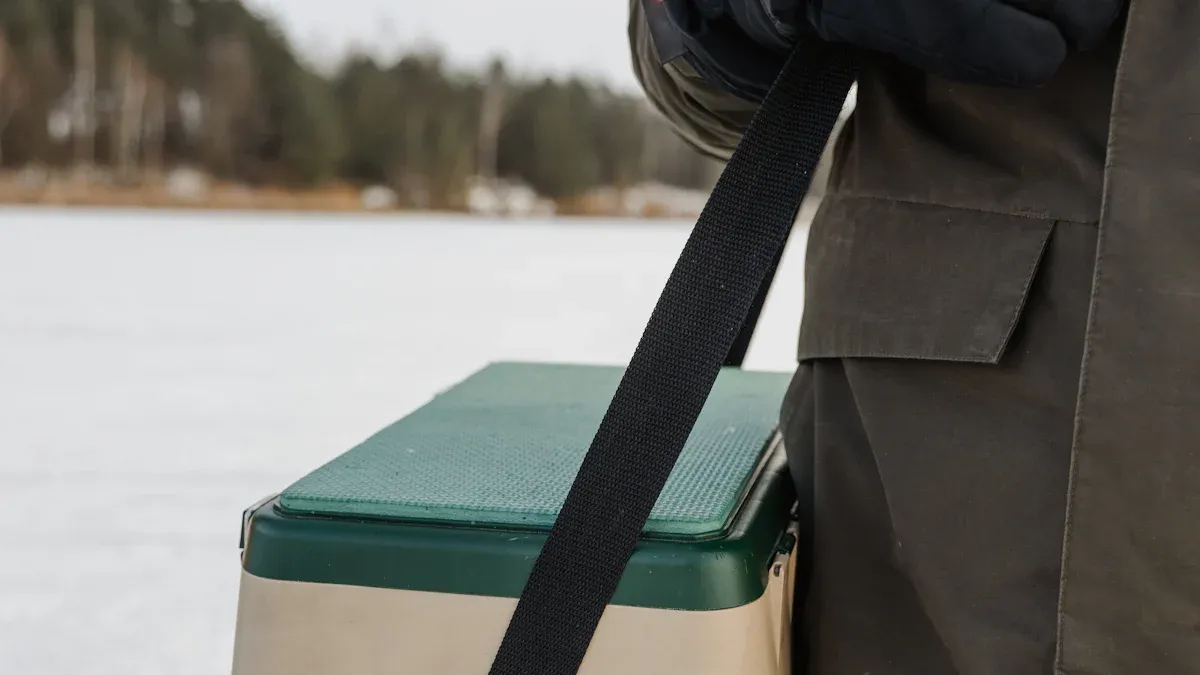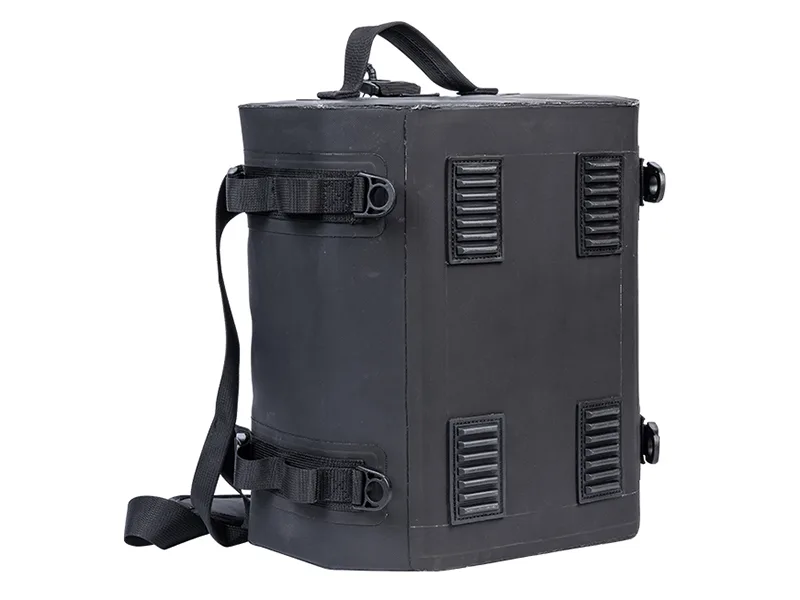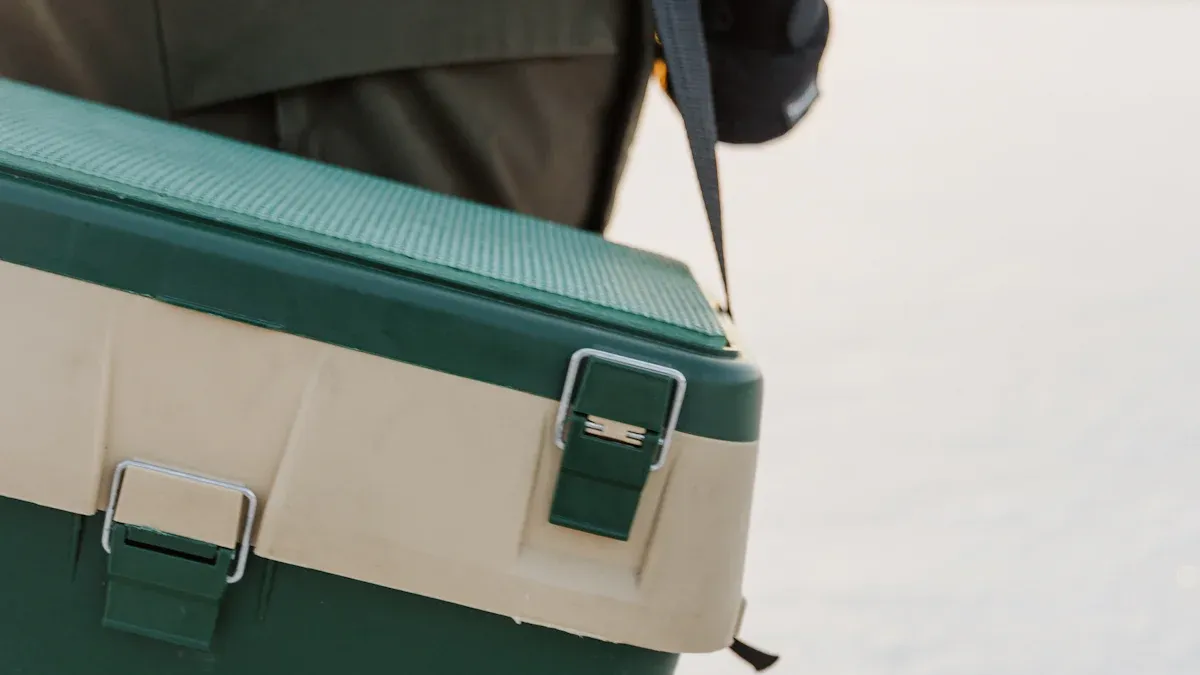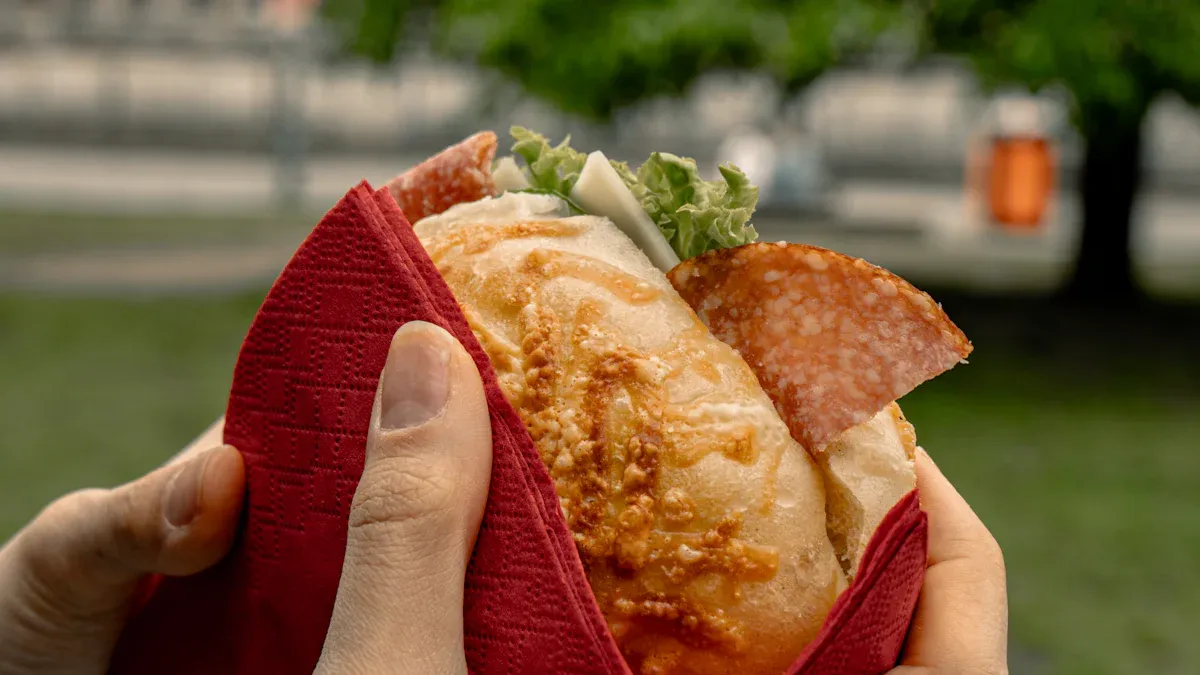

Choosing the right large soft cooler bag is simpler than you think. Your decision rests on five key areas: insulation, durability, capacity, portability, and features. The market for soft coolers is growing fast, with a projected annual growth of 7.50% starting in 2024. This guide will help you navigate the options. We will walk through each factor, empowering you to find the best soft cooler for your adventures. A great soft cooler with strong insulation is a valuable tool. This soft cooler bag will serve you well.
Tip: A quality soft cooler with superior insulation makes every outing better. Consider the insulation of any cooler bag you review. This soft cooler will keep your items cold. The right cooler bag depends on your needs.
What Makes the Best Soft Cooler?
The best soft cooler excels in three core areas. You should examine its insulation, foam type, and interior liner. These elements work together. They determine how long your cooler bag keeps items cold and how durable it is. A great soft cooler provides excellent insulation performance for any trip.
Insulation and Ice Retention
Insulation is the most critical factor for a soft cooler. Better insulation means longer ice retention. The thickness of the insulation directly impacts its performance. A soft cooler with about 25.4 mm of foam insulation can hold ice for around 6-8 hours. If you double that thickness to about 50.8 mm, the insulation performance improves significantly. This thicker insulation can extend ice retention to 12-16 hours. A durable, high-quality soft cooler will always feature thick insulation. This is key for the best soft cooler.
Closed-Cell vs. Open-Cell Foam
The type of foam insulation inside your cooler bag matters. Soft coolers use either open-cell or closed-cell foam. Open-cell foam is soft and spongy, like a kitchen sponge. It can absorb water, which reduces its insulation ability. Closed-cell foam is the superior choice for a durable soft cooler. Its cells are sealed, so they do not absorb water. This structure provides more consistent and effective insulation.
Note: Top brands use this technology. Engel Coolers and Thermos both state they use premium closed-cell foam insulation in their soft coolers. This choice ensures maximum insulation performance in their cooler products.
Food-Grade and Puncture-Resistant Liners
The interior liner of your large soft cooler bag protects your food and the insulation. A quality liner has two main jobs. First, it must be durable. High-end soft coolers often use tough materials like PVC or TPU for their liners. For example, Polar Bear Coolers uses a TPU double-coated nylon liner. This material is puncture-resistant and nearly indestructible. Second, the liner must be safe for food. Look for a soft cooler with an FDA-approved, food-grade liner. This ensures your insulated cooler bag is both durable and safe for carrying consumables. A durable soft liner is a must for a soft cooler.
Durability and Construction
A soft cooler is only as good as its construction. The most durable soft coolers often come from manufacturers who control the entire production process. This vertical integration allows for superior quality control. For example, a company like KUER manages everything from mold manufacturing to raw material production. Their use of advanced equipment, including 22 rotomolding machines, results in exceptionally durable products. This expertise ensures your large soft cooler bag has a durable construction built to last. A durable soft cooler gives you peace of mind.
High-Denier Exterior Fabrics
You should check the fabric of any soft cooler. The exterior shell is your first line of defense against punctures and tears. Fabric toughness is measured in denier (D). A higher denier number means a thicker, stronger, and more durable fabric. For a rugged soft cooler, you want a high-denier waterproof exterior. Fabrics in the 800D to 1000D range offer extreme durability. This makes your cooler bag resistant to abrasion.
| Denier Range | Pros | Cons | Typical Applications |
|---|---|---|---|
| 10D–200D | Lightweight, flexible, soft texture | Low tear resistance, short lifespan | Apparel, linings, promotional bags |
| 300D–600D | Balanced durability & cost-effectiveness | Heavier than low-denier, less flexible | Backpacks, duffle bags, outdoor furniture |
| 800D–1000D+ | Extreme durability, water & abrasion-proof | Heavy, stiff, higher cost | Tactical gear, industrial tarps, luggage |
Welded Seams vs. Stitching
Seams are a common failure point in a soft cooler. Stitched seams create tiny holes that can leak water as ice melts, compromising the insulation. Welded seams are the superior choice. This process uses heat or radio frequencies to fuse fabric panels together. It creates a single, seamless, and completely waterproof bond. This is where a manufacturer’s skill shines. KUER’s R&D team, with over 50 patents, develops innovative designs that produce a truly durable and leak-proof soft cooler. This protects the soft cooler’s insulation performance.
Waterproof Zippers
A waterproof zipper is crucial for a soft cooler. It completes the waterproof exterior and prevents messy spills if your cooler bag tips over. A standard zipper will let water leak out, soaking your car or boat. A quality waterproof zipper creates a tight seal. This feature keeps water in and helps maintain the internal temperature, boosting insulation performance. Your soft cooler needs this protection.
User Tip: Extend Your Cooler’s Life 💡 You can protect your investment and its insulation performance. Avoid these common mistakes that reduce the longevity of soft coolers:
- Overloading the cooler: This restricts air circulation and compresses the soft insulation, reducing insulation performance.
- Neglecting maintenance: Always wipe out moisture and let the soft cooler air dry completely. This prevents odors and protects the insulation.
Reinforced Molded Bases
Look at the bottom of the soft cooler. A durable soft cooler often features a reinforced base. Many top-tier soft coolers use a compression-molded base made from tough EVA foam. This material creates a stable, waterproof foundation. It allows the soft cooler to stand upright on its own. It also protects the main body of the cooler from rocks, docks, and other rough surfaces. This small detail makes a big difference in the long-term durability of your cooler. It protects the soft insulation and improves insulation performance.
Sizing Your Large Soft Cooler Bag
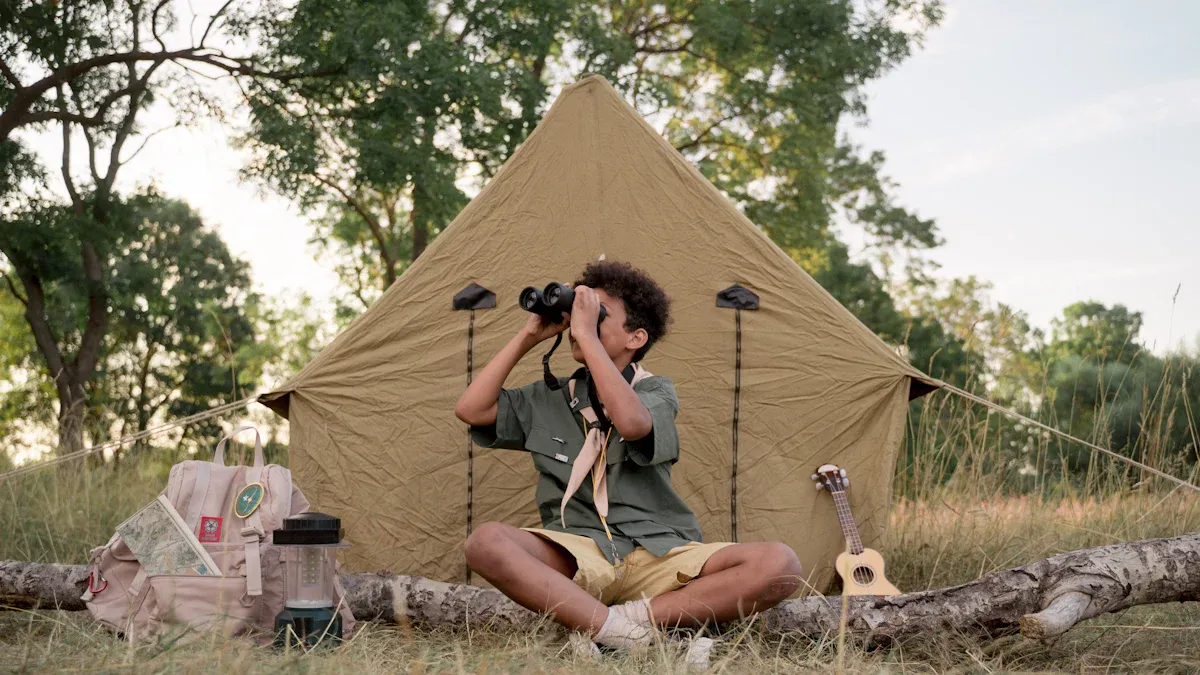
You need to find the right size for your new large soft cooler bag. A large capacity is great, but it can be heavy. The perfect soft cooler balances size with your specific needs. This choice affects portability and how you use the soft cooler. A soft cooler with proper insulation is key. Good insulation keeps things cold. This soft cooler will protect your food. The soft cooler’s insulation works best when the cooler is full.
Translating Liters to Cans
Manufacturers often list capacity in liters. You can translate this into a more practical measure. One liter is equal to 33.814 US fluid ounces. This means one liter can hold about 2.8 to 3 standard 12-ounce cans without ice. This simple conversion helps you visualize the internal space of a soft cooler. It makes comparing different soft coolers much easier. A soft cooler with good insulation is important. The soft cooler’s insulation is a top feature. This soft cooler will serve you well.
Matching Capacity to Your Outing
You should match the cooler bag capacity to your typical adventure. A large capacity is not always better. For a day trip with two people, soft coolers under 35 quarts (about 33 liters) are ideal. A family of four on a beach trip might need a 20-quart to 30-quart cooler bag. These sizes offer enough space for drinks and snacks. Remember that quarts and liters are very close in volume. One quart is about 0.946 liters. A soft cooler with good insulation is a must. The soft cooler’s insulation protects contents. This soft cooler is a great choice.
Pro Tip: Choose a cooler bag that you can fill completely. A full soft cooler has less air space. This improves the insulation performance and keeps your items colder for longer. The soft insulation works best this way.
Balancing Size and Weight
You must balance a large capacity with portability. A bigger cooler holds more, but it also gets very heavy. A fully loaded 40-liter cooler bag can weigh over 40 pounds. Consider how far you will carry your soft cooler. If you have long walks from your car, a smaller, lighter soft cooler is a better choice. The best soft cooler is one you can comfortably manage. Your soft cooler’s insulation is vital. The soft cooler’s insulation keeps ice frozen. This soft cooler is a smart buy.
Portability and Carry Options
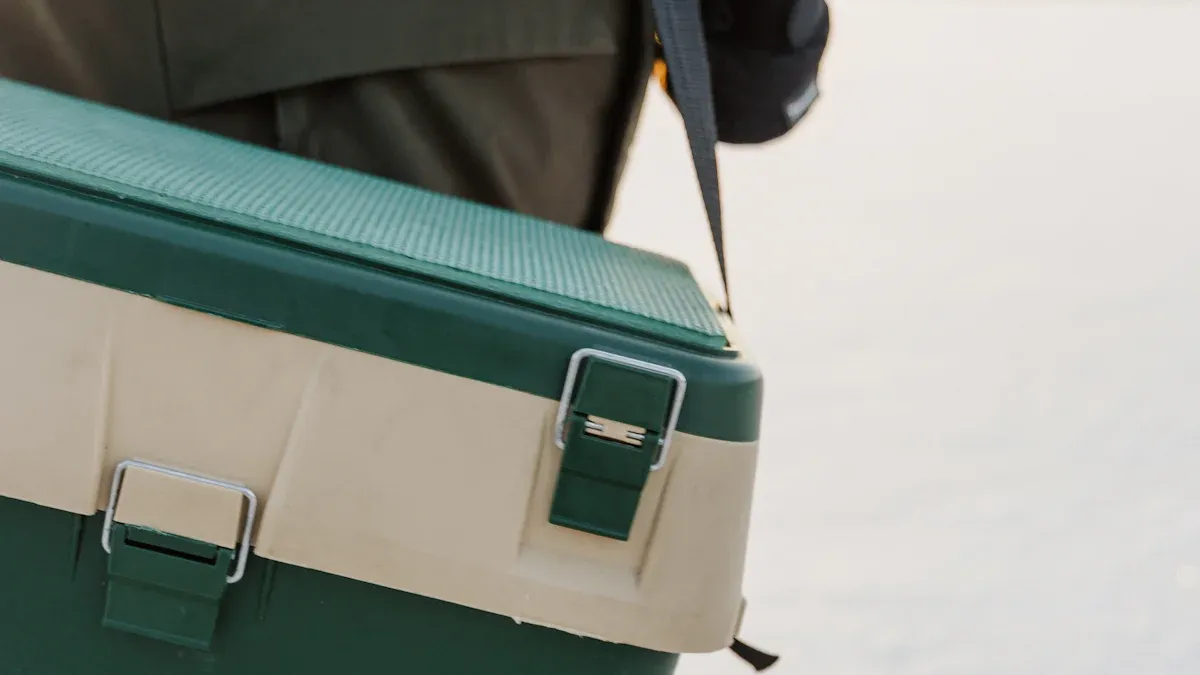
A large soft cooler offers great capacity, but it can get heavy. You must consider how you will carry it. Comfortable and versatile carry options are vital for a positive experience with your cooler bag. The best soft coolers provide multiple ways to transport them, ensuring you can move your gear without strain. Good portability protects the soft cooler and its valuable insulation. A soft cooler with poor handles is a major inconvenience. This soft cooler needs to be easy to move.
Padded Shoulder Straps
You will likely carry your soft cooler over your shoulder. A padded shoulder strap is essential for comfort. It helps distribute the weight of a heavy cooler and prevents the strap from digging into your shoulder. Some soft coolers take comfort a step further.
- Backpack-style carry: Certain soft coolers feature two shoulder straps, letting you carry the cooler like a backpack. This is ideal for long walks.
- Harness systems: Advanced soft coolers may include a full harness system with a sternum strap. This design offers the most comfortable way to carry a heavy load.
A quality strap makes your soft cooler much more user-friendly and protects the soft insulation from drops.
Reinforced Grab Handles
You will not always use a shoulder strap. Reinforced grab handles are perfect for quick lifts. You use them to move your cooler bag from the car to a picnic table or onto a boat. Reinforcement is key. It ensures the handles can support the full weight of the soft cooler without tearing. Look for handles with extra stitching or webbing. These small details show a commitment to durability. A strong handle is a sign of a well-made soft cooler. This soft cooler will last longer. The soft insulation is protected by a sturdy exterior.
Tie-Down Points and Webbing
Your adventures might get bumpy. Tie-down points and webbing loops allow you to secure your cooler bag. You can lash your soft cooler to an ATV, a kayak, or a boat deck. This prevents it from sliding around and protects the soft insulation. These external loops also offer extra utility.
Design Spotlight: The Zipperless Roll-Top Some soft coolers use a roll-top closure instead of a zipper. This design choice increases longevity by removing the zipper, which can be a common point of failure. While this may affect quick access compared to wide-mouth zipper models, it creates an incredibly durable and leak-resistant seal for your cooler. This design protects the soft insulation inside the cooler.
Essential Soft Cooler Features
Beyond the core construction, certain features elevate a good soft cooler to a great one. You should look for practical additions that enhance usability and longevity. These details protect your investment and improve every outing. A quality soft cooler has thoughtful features. The right soft cooler makes your trips easier. This soft cooler will have great insulation.
Leak-Proof and Waterproof Design
You need a truly leak-proof soft cooler. A waterproof exterior is non-negotiable. It prevents melted ice from soaking your car and stops external water from getting in. This protection is vital for the soft insulation. Many soft coolers claim water resistance, but you should seek a fully waterproof design. The difference is significant for insulation performance.
Note: A waterproof cooler uses specialized materials and construction. This ensures no water gets in or out, protecting the soft insulation.
| Feature | Water-Resistant Soft Cooler | Fully Waterproof Soft Cooler |
|---|---|---|
| Definition | Can resist water to some extent but may leak under extreme conditions. | Completely prevents water penetration. |
| Materials | Uses standard fabrics. | Often uses specialized materials like PVC or TPU for excellent waterproofing. |
| Design Features | Has standard seams and zippers. | Employs sealed seams and high-quality waterproof zippers. |
A fully waterproof cooler bag maintains its insulation performance by keeping the soft insulation dry.
External Dry Storage
Your cooler carries more than just food and drinks. You need a place for keys, phones, and wallets. External dry storage pockets are an essential feature for any soft cooler. These compartments keep your valuables safe and away from the ice and moisture inside the main cooler. Some soft coolers even include extra conveniences.
- A built-in bottle opener is a popular feature.
- Daisy chain webbing lets you clip on extra gear.
This added utility makes your insulated cooler bag much more versatile. A good cooler bag thinks of everything.
Mildew-Resistant Materials
Moisture is a constant inside any cooler. This environment can lead to mold and mildew. Top-tier soft coolers use liners with antimicrobial properties. This technology actively inhibits the growth of mildew and odor-causing bacteria. It keeps your soft cooler clean and safe for food. This feature also extends the life of the soft insulation. A clean cooler maintains its insulation performance over time. You want a soft cooler that stays fresh. This soft cooler will protect its insulation.
You now have the tools to select your next large soft cooler bag. The best soft cooler has five key traits. You need robust insulation for your soft cooler. A durable soft cooler is essential. Look for manufacturing-driven durability, like KUER’s durable rotomolded construction. A large capacity is important, but you must balance this large capacity with portability. Essential features complete the package. Your ideal soft cooler aligns these factors with your adventures. This guide helps you choose a durable, reliable soft cooler. This durable soft cooler will provide excellent insulation for years. The soft cooler’s soft insulation is protected by its durable design. This soft cooler is a great soft cooler. The cooler’s soft insulation is key. A good cooler has great insulation. This cooler has soft insulation. The cooler’s insulation is durable. This cooler has soft insulation. The cooler’s insulation is soft. This cooler has soft insulation. The cooler’s insulation is soft.
FAQ
How do I clean my soft cooler?
You should clean your soft cooler after each use. Use mild soap and warm water. This protects the soft cooler’s soft insulation. A clean cooler has better insulation. The cooler’s insulation is key. This cooler has soft insulation. The cooler’s insulation is soft. This cooler has soft insulation.
Can I use dry ice in a soft cooler?
You should avoid dry ice in a soft cooler. The extreme cold can damage the liner and the soft insulation. This damage reduces the cooler’s insulation performance. Your cooler needs its insulation. The cooler’s insulation is important. This cooler has soft insulation. The cooler’s insulation is soft.
Warning 🧊 Using dry ice can void your cooler’s warranty and harm its insulation. The cooler’s insulation is not designed for such low temperatures. This cooler has soft insulation. The cooler’s insulation is soft. This cooler has soft insulation. The cooler’s insulation is soft.
How can I maximize my cooler’s ice retention?
You can pre-chill your soft cooler. Put a bag of ice inside your cooler for a few hours before you pack it. This helps the insulation work better. A cold cooler has better insulation. The cooler’s insulation is vital. This cooler has soft insulation. The cooler’s insulation is soft.
What are the best soft cooler recommendations?
The best soft cooler recommendations depend on your needs. You should choose a cooler with excellent insulation. A cooler with durable construction is a great choice. This guide helps you find the right cooler. The cooler’s insulation is a top feature. This cooler has soft insulation.

